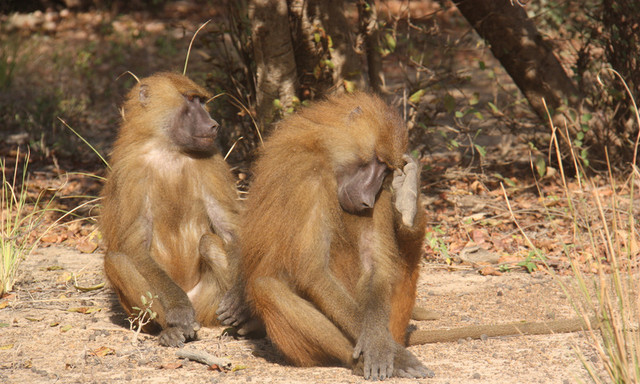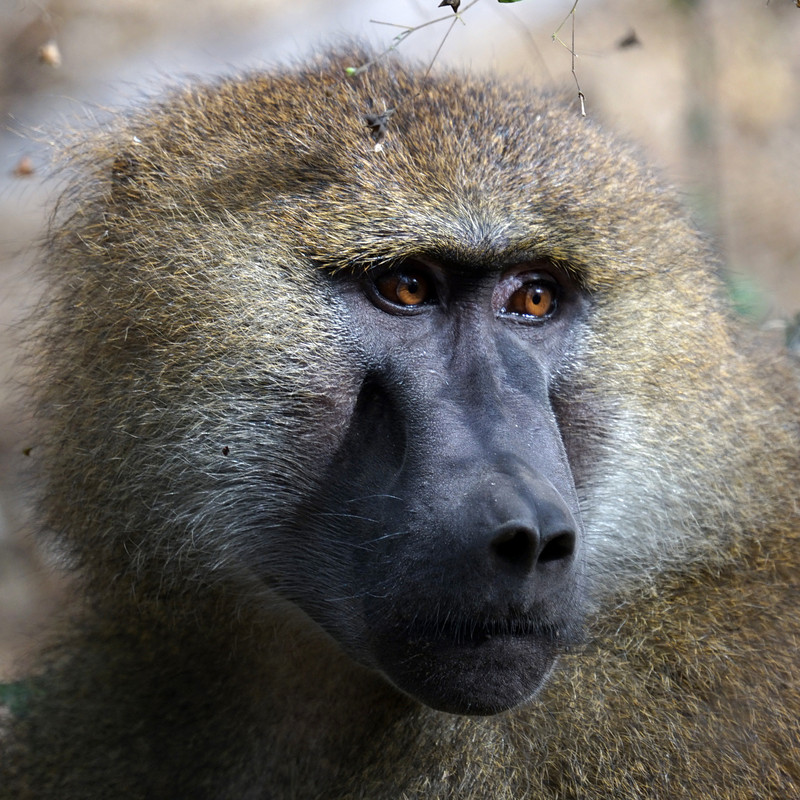Guinea baboons grunt with an accent
Musical masterworks as the Queen of the Night's Aria from Mozart's The Magic Flute, are examples of the sounds trained human voices can produce. The precondition for vocal virtuosity as well as for any spoken word is vocal learning, the ability to imitate auditory input. Some songbirds and bats can do this, but humans excel. We can acquire new languages into old age. To shed light on the evolution of vocal learning, a team led by Julia Fischer from the German Primate Center (DPZ) – Leibniz Institute for Primate Research has analyzed the sound structures of Guinea baboons and was able to show that the grunts of baboons belonging to the same social group were more similar to each other than between the social groups. The changes were modest, however, and can best be conceived as an accent rather than a different language (Proceedings of the Royal Society B).
Vocal learning is the basis of all language learning and much research effort has been devoted to uncover the evolutionary roots of this ability. Whether or not our closest living relatives show evidence for vocal learning has been the subject of much debate. Guinea baboons are an interesting model to address the question whether social and auditory experience shapes their call characteristics, because the species lives in a nested multi-level society. Several affiliated males with associated females and young form “parties”, and two to three “parties” form a “gang”.
During affiliative interactions with other group members, males utter low-frequency grunts, indicating their benign intent. The team led by Julia Fischer studied the acoustic structure of these grunts in relation to group membership, while controlling for relatedness. The scientists found that the grunts of males belonging to the same social level, namely the same gang or party, were on average more similar to each other than grunts of males from different social level.
Genetic relatedness could not explain the similarity of the grunts. The researchers therefore attribute the baboons' “accent” to a simple form of vocal learning, in which the auditory experience facilitates the production of calls that sound more like those of the other males’ in the group. “People do this also: they often involuntarily adjust the tempo or their pitch to be more similar to that of the person you are talking to, says Julia Fischer. In humans, this is known as vocal accommodation. “Such effects seem to be shared between nonhuman primates and humans. But it is a far cry from learning to say the first word – or master an entire language. It is important to distinguish between different forms of vocal learning to really develop a comprehensive understanding of the evolution of speech,” Julia Fischer concludes.
Original publication
Fischer J , Wegdell F, Trede F, Dal Pesco F, Hammerschmidt K, (2020): Vocal convergence in a multi-level primate society: insights into the evolution of vocal learning. Proceedings of the Royal Society B. https://doi.org/10.1098/rspb.2020.2531



